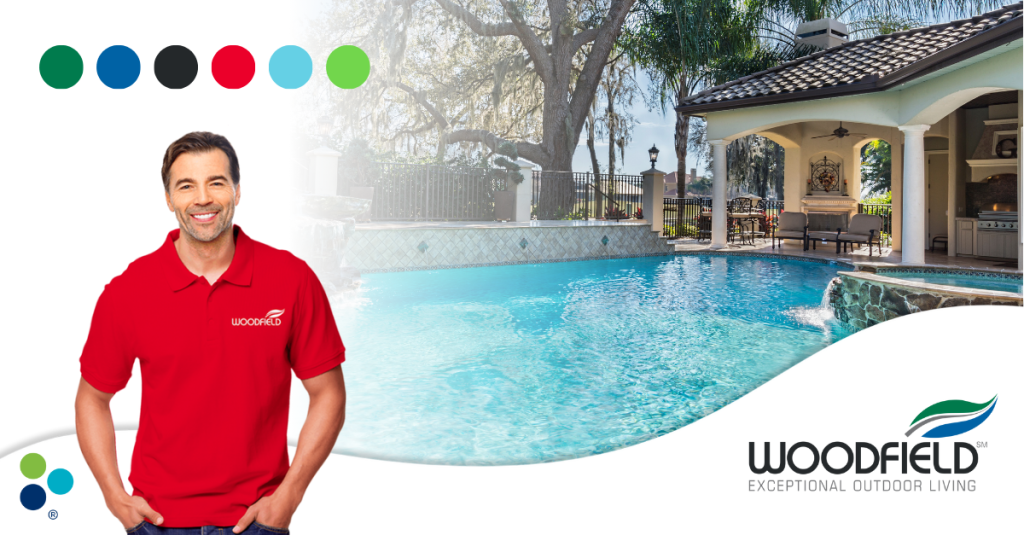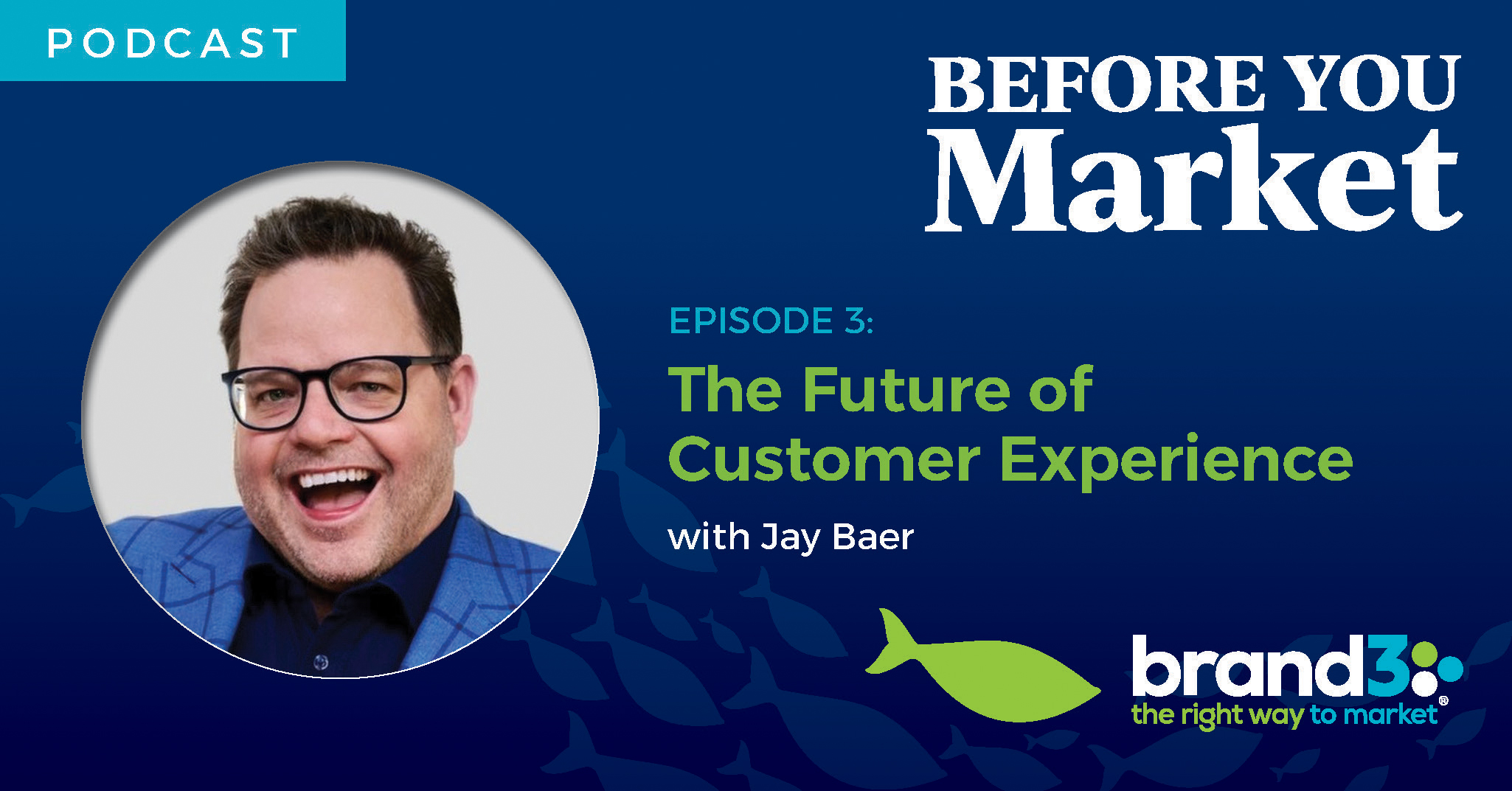
Have you ever wondered what your business has in common with Amazon or Procter & Gamble? Chances are that the answer might be ‘not a lot.’ However, every single business has one central need (aside from profit): brand equity.
Google the topic, and you’ll find that most of the content on brand equity is similar. Many of these articles sound like Marketing 101.
While tips and strategies centered around brand equity get marketers like us out of bed in the morning, at Brand3, we believe in cutting to the chase.
Our goal is to ensure that potential clients (as well as existing ones) understand the benefits that brand equity can bring to their business and why it provides the framework for success.

In short, brand equity is your business’s why—its purpose—why you do what you do. Brand equity emphasizes the value your business and your products or services bring to your customers.
Brand equity drives awareness of your product or services relative to your competition. When harnessed appropriately, brand equity moves customer perception of your offerings in a positive direction, resulting in:

This question consistently comes up when we start to work with new clients.
The market drives brand value. It’s the worth of your brand according to market forces and the monetary value of your brand if you were to dissolve or sell your business.
Although brand value is connected to and intertwined with brand equity, your customers drive the latter—how they perceive your business, brand, and services.
Ultimately, your customers determine how positively they feel about your brand, the degree of loyalty they have, and their motivation for choosing your brand over another—even if the services or products are the same or similar.
Your customers help create your brand value and drive sales and profits, which is why creating brand equity is essential.

Many businesses enter the market with blinders on when it comes to their 'why.' This unfortunate truth was reinforced in a 2022 survey of over 1,200 marketers.
More than half of survey participants admitted missing key information about their customers.
It’s virtually impossible to know your why without thoroughly understanding your customers:
Businesses that define their why, gather information about current and future customers, know what they care about, and understand how to attract and truly engage with their customers stand out from the crowd.
Their why—their brand equity—helps ensure:
“Brand3 helped Woodfield understand our ideal customer and why we do what we do.” Pete Curro. Owner Woodfield Outdoors
Woodfield Outdoors is a 25-year-old outdoor living contractor based in Harford County, Maryland. As a landscape and swimming pool designer and installer, Woodfield faces stiff competition:
Misaligned messaging and branding meant that Woodfield Outdoors was not penetrating the market in any meaningful way until they discovered their why.
We spoke with Owner Pete Curro to understand how Woodfield has benefitted from creating its brand equity model.
Q: Can you tell us how defining your brand equity has translated into positive awareness of Woodfield’s services?
Curro: By branding our company’s workmanship, skill in design, proven process, and helping us understand the type of customer we wanted to attract, we were able to attract the right buyer for our high-end product. Brand3’s branding and marketing services have given us loyal customers who have used us for multiple projects at their home.
Q: The company has expanded its offerings since working with Brand3. What has been the result?
Curro: Through targeted advertising, we expanded our growth into the DC and Howard County markets. We worked with Brand3 to roll out a new Plunge Pool product, which has led to a higher market share in our service areas. Woodfield is the go-to contractor for the high-end buyer all because we were able to discover our brand equity work.
We also launched a high-end website for our customers (which has been a huge benefit for us), Our in-house marketing team is also now better able to service customer questions in the sales process as well as how to utilize social media to promote our brand.
“Woodfield is the go-to contractor for the high-end buyer, all because of Brand3’s assistance with advertising and marketing.” Pete Curro. Owner Woodfield Outdoors

In essence, by understanding their why and working closely with Brand3 to connect the dots, Woodfield was able to attract their target customers, expand their offerings, penetrate previously untouchable markets, and leverage their employees’ expertise to create invaluable customer experiences.
Social media outreach has helped Woodfield interact with current and future customers directly, gaining insights into what they can do better. The result? Woodfield’s brand equity has translated into dollars and sense.
Creating a business’s brand equity is not a ‘one-and-done’ effort. For the most impact, companies must continuously measure the outcomes they’ve created and remain current with—if not ahead of—customer perceptions and expectations.
Take Procter & Gamble (P&G), a company with a proven track record in an incredibly overcrowded marketplace. P&G outwardly communicates that its goal is to continue investing in providing superior products through innovation, supply chains, and brand equity.
P&G achieved this by consistently expanding and tweaking its products and product lines in response to customers, competition, copycats, and market forces. They consistently measure and revisit brand equity to ensure that it maintains an edge over the competition across all of its silos.
These efforts are what keep P&G and other large companies at the top of the food chain.
It’s also why we continue to make sure that our clients—no matter how big or small—stay ahead of the competition. They continue to attract customers and maintain loyalty, building positive brand perceptions. Their brand equity gives them an evolving impact and influence.
Want to learn more? Let’s connect and discuss how Brand3 can help you find your company’s why.


